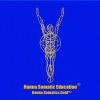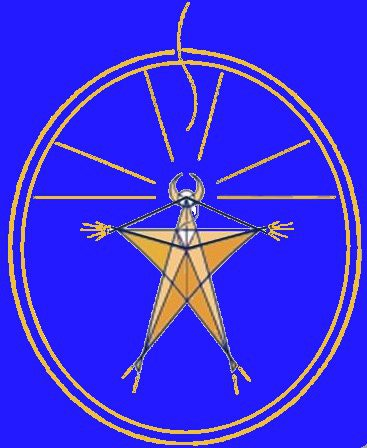QuestionI was involved in a car accident. I was rear ended while stopped at a red light (about 40MPH). A few days later I started felling pressure in my upper back..as the pressure increased so did my headaches. I went to a Chiro and got 'snapped.' About a half hour after getting snapped I had a migraine headache that eventually got better over the next couple hours.
I've been going to the Chiro once a week for about 8 months now and although I do get temporary relief from the pressure and headaches...I have yet to get a long term fix.
I recently had an MRI and got the following results. I'd like to say I'm a fit male (42 5'8 180 LBS) and active in sports (hockey, softball) and never had any back pain or back issues of any kind prior to the accident. And before the accident I can't remember the last time I had a headache.
At T1-2 and T2-3 there is no disc bulge or herniation
At T3-4 there is posterior subligamentous disc bulging
At T4-5, T5-6, T6-7, T7-8, and T8-9 there is no disc bulging
At T9-10 there is diminished disc height and Schmorl's node
invagination with anterior extension and disc and posterior disc bulging with thecal impression. There is left facet hypertrophy impressing on the left posterior thecal sac (Note: when I saw a spine Dr. he said the 9-10-11 area looks to be the 'problem')
At T10-11 there is anterior extension disc and Schmorl's node invaginations. Left Facet hypertrophy impression on the left posterior thecal sac. There in no disc bulge or herniation
At T11-12 and T12-L1 there is no disc bulge or herniation
There is a small 1 MM syrinx at the level of the T3 and T4 vertebral bodies appreciated best on the axial images. The cord is otherwise unremarkable in morphology and signal characteristics. This is likely a syrinx given its appearance
Answer
 Hanna Somatic Educatio
Hanna Somatic Educatio  Star Somatics Logo
Star Somatics Logo
Hi, Jamie,
It simplifies down to this:
In incidents of whiplash, the neck musculature contracts to brace the neck, to protect you from neck fracture.
The contraction tightens the spine, compresses discs, and leads to disc bulge and to symptoms such as dizziness or headache, and commonly lasts indefinitely, as the new tension set-point for the involved muscles.
Mechanical adjustments produce temporary results, and sometimes cause an increase of the muscular tension for the same reason -- to protect the neck against sudden externally-induced movements, and so are not the ideal approach to free muscular contractions of this sort.
You need to recapture control of those neck muscles and their movements from the protective muscular reflex -- something done by somatic training, or clinical somatic education.
Please see this article for more detail:
http://somatics.com/whiplash.htm



